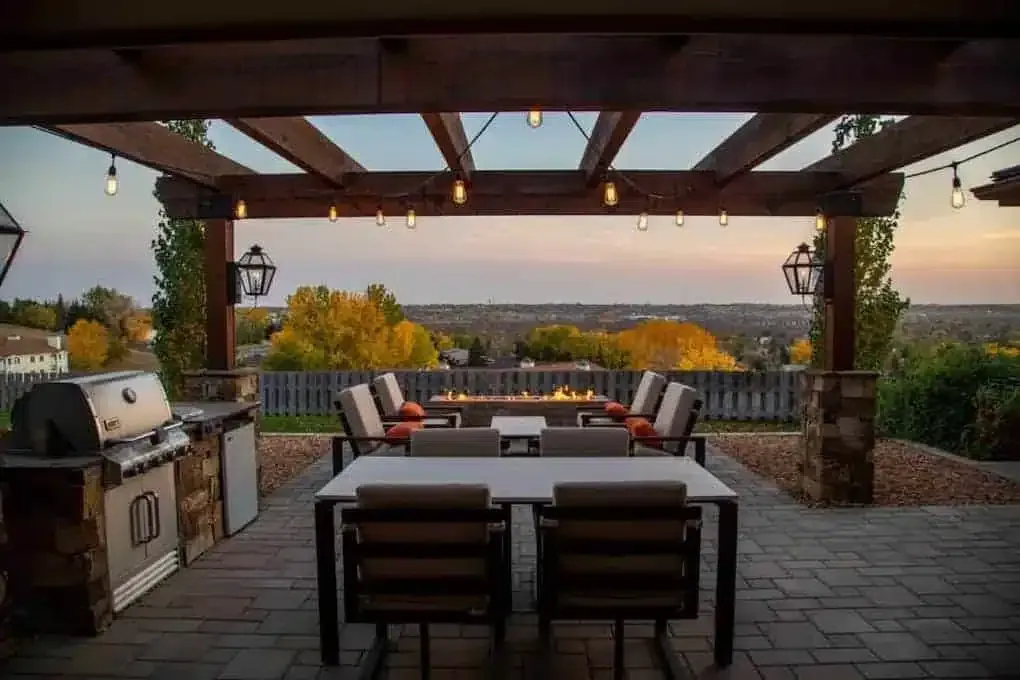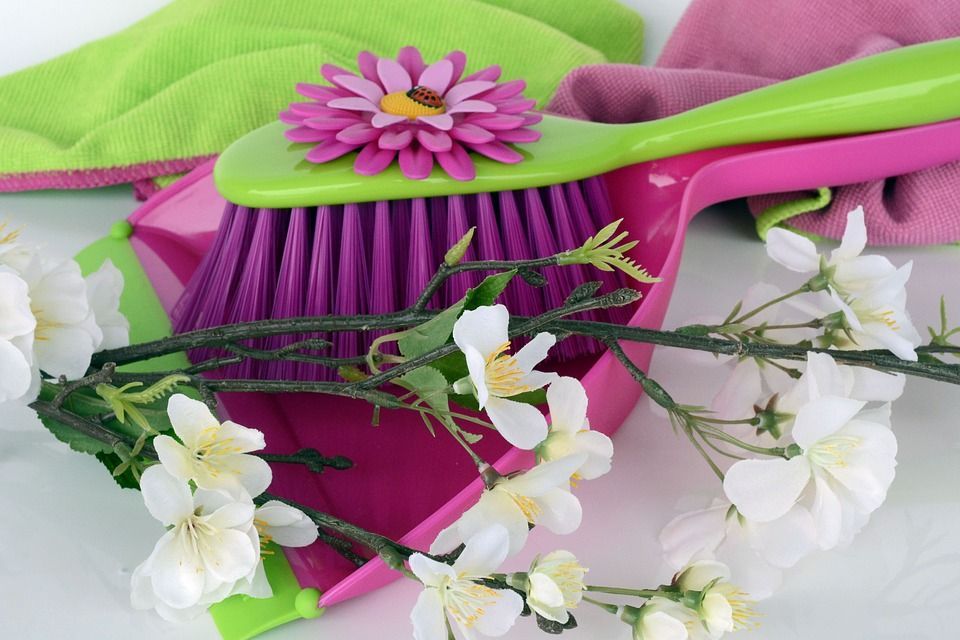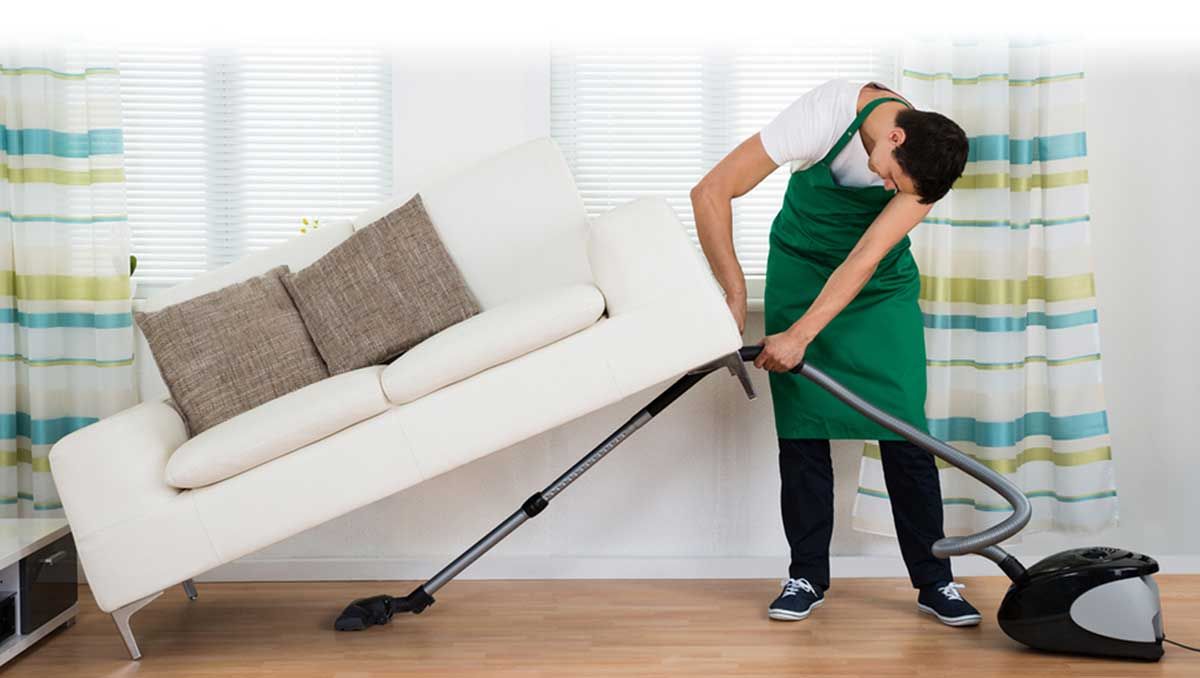7 Expert Tips for Organizing Your Home This Spring
Embrace the arrival of spring by decluttering and organizing your living space for a fresh start. While you may already know some obvious tips, let's explore practical strategies to effectively organize your home. From optimizing storage solutions to adopting sustainable habits, these tips will guide you towards a clutter-free and harmonious living environment. Spring offers a chance for renewal and rejuvenation, allowing you to make positive changes in your home. By tidying up and arranging your living space, you not only enhance its appearance but also boost functionality and reduce stress. With the right approach and mindset, you can turn your home into a sanctuary for relaxation, rejuvenation, and success. Let's delve into the art of organization and uncover how to maximize your spring cleaning endeavors.
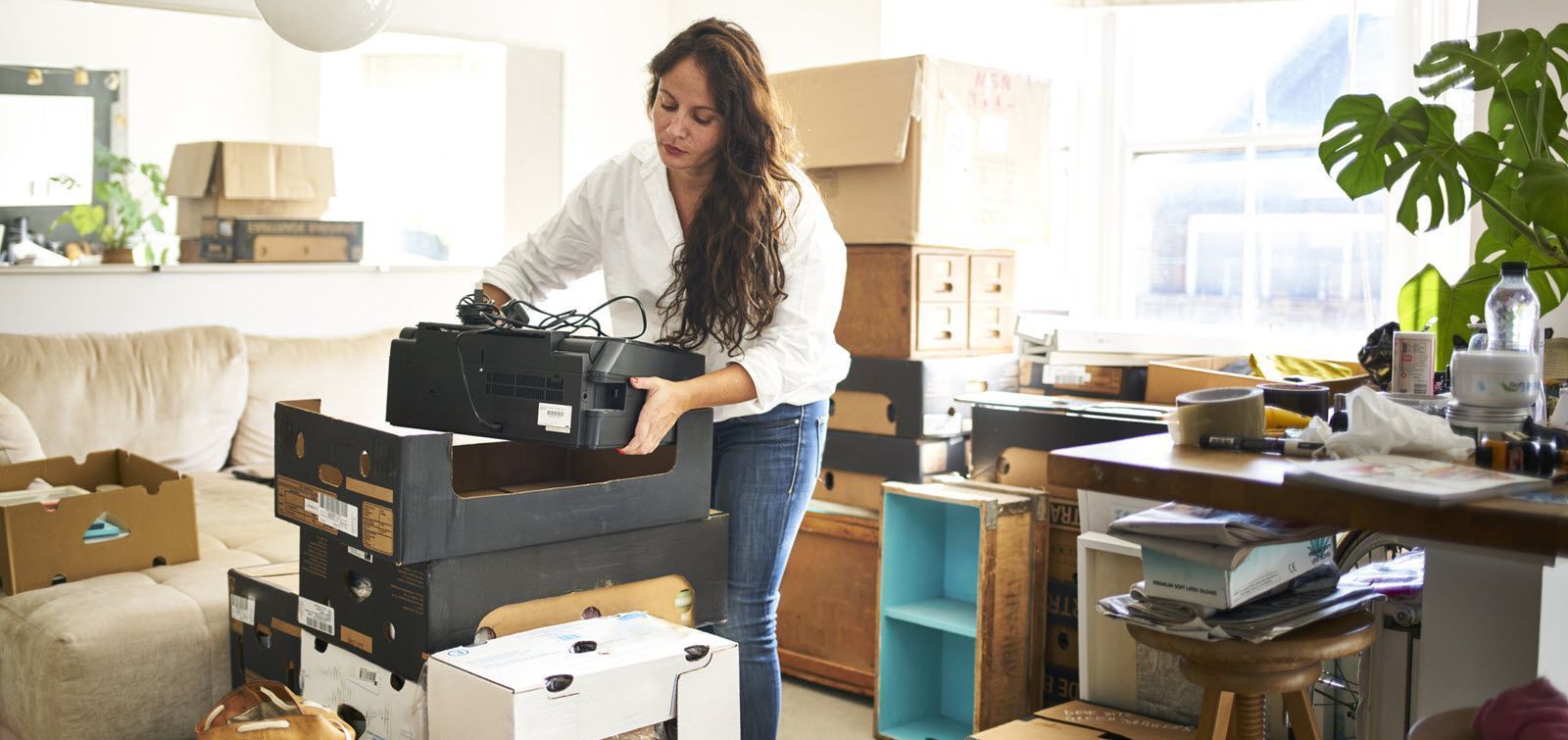
Evaluating Your Organizational Requirements and spot Areas of Concern.
Prior to embarking on the organization process, assess your home's organizational requirements by pinpointing problem zones and challenging areas. Be it jam-packed closets, disordered kitchen cabinets, or messy countertops, recognizing the spaces in need of intervention will steer your organizational endeavors. Compile a list of key areas to address and formulate a detailed action plan for each section. Start by evaluating every room in your house, carefully observing spots where clutter often gathers. Take into account aspects like traffic patterns, ease of access, and practicality while pinpointing trouble zones. Make a mental note of any misplaced items or belongings lacking assigned storage spaces. By identifying exact areas that require attention, you can tailor your organization strategy and enhance the effectiveness of your efforts. After pinpointing problematic areas, prioritize them according to their urgency and impact. Begin by addressing smaller, more manageable tasks before moving on to larger projects to establish momentum and sustain motivation. Divide larger sections into smaller segments to simplify the decluttering process and reduce feelings of being overwhelmed. Establish achievable goals for every area and acknowledge your achievements as you progress.
Clearing away the unnecessary and Decluttering Prior to Organization.
Achieving optimal organization begins with decluttering your space of unnecessary items that no longer serve a purpose or bring joy. Methodically assess your possessions, categorizing them as keep, donate, sell, or discard. Make decisive choices and avoid holding onto things out of guilt or sentimentality. Streamlining your environment will lead to a more effective and organized home. While decluttering, ask yourself key questions about each item, like when it was last used, its practicality, and whether it brings joy. Be truthful with yourself and resist keeping things out of habit or obligation. Remember that decluttering is about making room for what truly matters and releasing excess baggage. Donate or sell items in good condition that no longer benefit you, and dispose of items that are damaged or beyond repair.

Organizing and Decluttering for Happiness and Functionalitys
Effective organization starts with clearing your space of unnecessary items that no longer serve a purpose or bring joy. Systematically go through your possessions, categorizing them into keep, donate, sell, or discard. Make tough decisions without clinging to things out of guilt or sentimentality. Streamline your home by reducing clutter, creating a more functional environment. When decluttering, focus on one area or room at a time, starting with smaller spaces before tackling larger ones. Schedule dedicated decluttering sessions and seek support from family or friends if needed. Remember, decluttering is a gradual process, so take breaks and pace yourself accordingly.
As you go through your possessions, ask yourself critical questions to help steer your decision-making process. Evaluate if each item serves a practical purpose, brings you joy, and when you last used it. Be truthful with yourself and avoid holding onto items out of habit or obligation. If uncertain about keeping or discarding an item, place it in a designated "maybe" pile for later review. Once you've sorted all your belongings, promptly take action on the items in your "donate," "sell," and "discard" piles. Bag donations and arrange for pick-up or drop-off at a local charity or thrift store. List items for sale online or hold a garage sale to recoup some cash from unwanted items. Responsibly dispose of any damaged or unusable items through recycling or appropriate methods.
Optimizing Space and Crafting Practical Storage Solutions
Invest in storage solutions that enhance your available space and simplify organization. Opt for vertical storage choices like shelves, hooks, and wall-mounted organizers to liberate essential floor space and maximize storage capacity. Integrate versatile furniture items with built-in storage compartments, such as ottomans, benches, and bed frames, to utilize every inch of space effectively. When choosing storage solutions, consider your specific organizational requirements and your home's layout. Select items that complement your decor and seamlessly integrate into your current space. Seek storage solutions with adjustable shelves or modular elements that can be tailored to accommodate your belongings. Explore unconventional storage alternatives like under-bed storage bins, over-the-door organizers, and hanging baskets to optimize space in compact or oddly shaped rooms. Apart from investing in new storage solutions, utilize existing furniture and containers to generate extra storage possibilities. Opt for decorative baskets or bins to organize small items on shelves or countertops. Enhance closet space with hanging organizers, shoe racks, and stackable bins. Innovate with storage solutions to fully utilize every corner and crevice in your home.
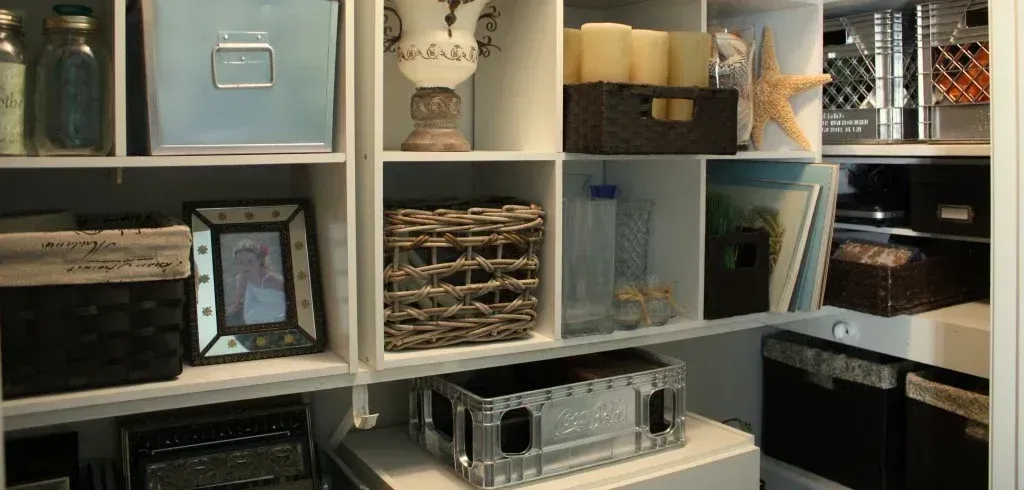
Creating Zones and Systems to Simplify Your Living Space
Transform your living space by dividing it into distinct zones and setting up efficient systems to simplify your daily routine and enhance task management. Dedicate specific areas for various activities, such as a designated homework station for children, a crafting nook for hobbies, or a home office for remote work. Integrate storage solutions that cater to your lifestyle, ensuring easy access to items whenever needed. By establishing zones, you can assign clear functions to different parts of your home, facilitating organization and productivity. Designate spaces for work, leisure, and creative pursuits to minimize disruptions and boost efficiency. Use furniture, shelving, and storage containers to delineate each zone and maintain a tidy and accessible environment.
Sustaining Your Tidy Environment and Nurturing Eco-Friendly Practices.
After decluttering and organizing your living space, sustaining a clutter-free environment demands continuous dedication and effort. Foster lasting organizational habits by integrating daily tidying routines into your routine, like promptly returning items to their proper places and tackling small organizing tasks regularly. Plan routine maintenance sessions to review and adjust your organizational systems, ensuring your space remains structured and efficient. Consistent action is crucial for upholding an organized household. Establish the practice of tidying up daily, allocating a few minutes each morning or evening to restore items to their designated spots. Reserve weekly time for more thorough cleaning and organizing endeavors, such as decluttering cabinets and drawers or reconfiguring storage areas. By maintaining a proactive approach and managing clutter diligently, you can avert its accumulation and uphold a neat and functional living environment.
Embracing Minimalism, Less Equals More
Embrace the essence of minimalism by embracing a less-is-more philosophy and emphasizing quality over quantity in your possessions. Give priority to items that enhance your life and bring joy, while releasing unnecessary clutter that drags you down. By streamlining your belongings and living purposefully, you'll cultivate a serene and balanced living space that mirrors your values and priorities. Minimalism urges you to declutter and simplify your possessions to the essentials. Begin by assessing each item in your home and determining its usefulness and emotional significance. Release items that no longer serve you or resonate with your values, whether through donation, sale, or recycling. When acquiring new things, opt for quality over quantity, selecting items that are long-lasting, practical, and deeply meaningful to you.
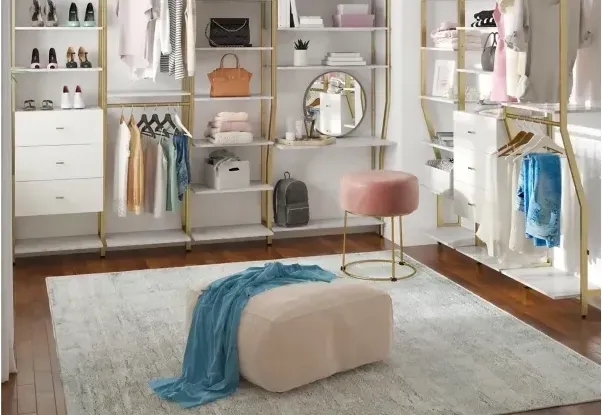
Transforming your living space goes beyond aesthetics; it's about cultivating a sense of equilibrium and tranquility in your daily routine. By incorporating these practical spring cleaning strategies and embracing the art of organization, you'll not only establish a clutter-free and efficient home but also craft a haven where you can truly thrive. Revel in the mental clarity that an organized space brings, and find solace in the knowledge that you've created a supportive environment that elevates your well-being and enriches your lifestyle. Embrace the satisfaction of decluttering and simplifying your living space, and bask in the newfound liberation and focus that accompanies a clutter-free way of living. In essence, achieving organizational balance transcends mere tidiness—it's about curating a space that mirrors your values, priorities, and dreams. Invest time in nurturing an environment that nourishes your mind, body, and soul, and cherish the tranquility and contentment that emanate from residing in a beautifully organized home.
